The Spanish sneakers versus the Yankee giants: how Paredes or J’Hayber resisted the power of Nike and Adidas
They were the fashionable sneakers among young Spaniards in the 1980s, but the rise of giant American brands changed the game by the 1990s. Today, these Spanish shoes have been revived, thanks to company leadership diversifying product lines and taking advantage of nostalgia marketing
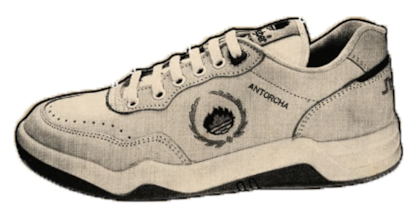
In 1980, Leif Garrett’s song I Was Made for Dancin’ was in the top 10 on the British and North American charts… but it went straight to number one in Spain.
As one of the most popular artists featured on Spanish TV and in magazines, he was signed by the footwear brand Paredes – based in the city of Elche, in southeastern Spain – to be the star of its advertising campaign. Posters, t-shirts and even a promotional flexi-disc for turntables appeared, bearing his face and images of the Spanish-made sneakers. On one album, Garrett sang two songs, repeated the company’s slogan and bid farewell to those who had just bought a pair of Paredes sneakers with a warm message: “I won’t forget your number… and your company won’t, either. See you soon. I love you.”
During those years, brands such as Paredes – which, in 1980, also sponsored the Moscow Olympic Games – J’Hayber, Yumas or Kelme (three other family businesses also founded in Elche) tried to appeal to Spanish youth by launching impressive advertising campaigns. At the time, Converse sneakers – an almost unattainable luxury – were the shoes of American basketball stars, such as Magic Johnson or Larry Bird. Meanwhile, Adidas, Nike and Puma – the three giants of the industry today – had barely arrived in Spain at that point. Hip hop culture was beginning to expand, but it hadn’t yet spread throughout the world.
Historians use an exact date to determine when hip hop culture emerged: August 11, 1973, at a party hosted by DJ Kool Herc, in New York. Around that time, fires devastated the city’s poorest neighborhoods, following successive cuts to public services. The municipal and state governments – practicing, for the first time, a management style that would later be called “neoliberalism” – had closed several fire stations. The Bronx was burning and – to protest and let off steam – residents organized parties with an atmosphere very different from that of Manhattan nightclubs. James Brown songs were played, breakdancing was improvised and Coke La Rock began to rap.

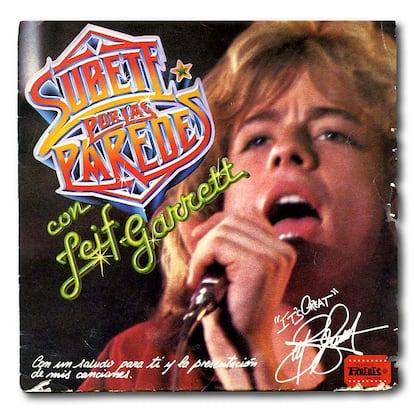
All that energy immediately caught the attention of clothing and footwear brands… especially Nike, whose designers began to reproduce the style of those young people. It was a process that took years, but urban fashion was emerging. It would become a universal phenomenon with enormous consequences, everywhere from New York City to Elche, Spain.
It’s no coincidence that, in Spanish, the expression “like a child with new shoes” is used enthusiastically, just as it was a popular phrase in the United Kingdom during the 19th century. Further back, in the 15th century, there were laws instituted that had to do with the buckles that each social class was allowed to wear on their boots. Clearly, footwear has always been a political and economic issue… that is, a class issue. Even today, in schools, when a student wears new sneakers, the rest of the group stomps on them in a ritual that is as brutal as it is eloquent: shiny sneakers offend the others, who wear them worn out.
“Sneakers serve – like any consumer product – as a class marker,” explains Spanish anthropologist Iñaki Domínguez. Of course, he notes, “parents make a greater effort to be able to provide their children with these distinctive signs, so that the differences are as least noticeable as possible. Nowadays, the style of dressing is more homogeneous than ever.” And this almost paradoxical homogeneity begins at the feet: the most visible brands are, by far, Nike and Adidas, which account for more than half of the global market share..

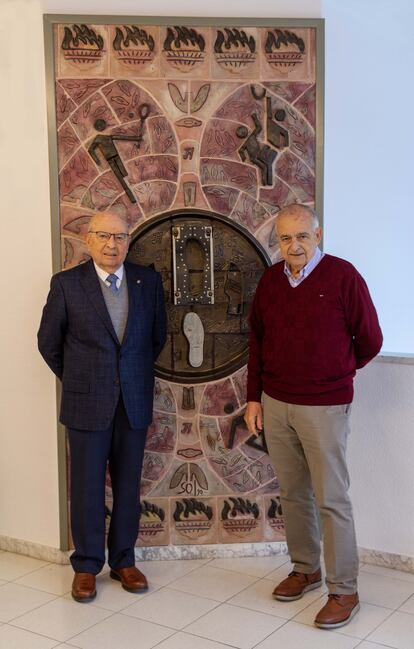
But it wasn’t always like this. In her book Sneakers: Fashion, Gender and Subculture, sociologist and fashion scholar Yuniya Kawamura distinguishes three waves in the development and diffusion of culture around sneakers. The first was prior to the launch of the Nike Air Jordans, when sneakers weren’t a particularly fetishized product and many brands shared the market. The second phase was after the launch of the Air Jordans in 1984, when the fever for them exploded: they increased in value and broke barriers of race, class and gender. And the third phase – with the arrival of the internet – consolidated the collecting of sports shoes through dynamics similar to what takes place in the art world.
In Spain, the second wave arrived in the 1990s, doing a lot of damage to local producers. Until that moment, they had sold sneakers that were “appreciated for their comfort and resistance,” in the words of Raquel Luna, the communications director at J’Hayber. “Local brands,” Luna continues, “were associated with practical values. Their success was based on the quality of their products and satisfying consumer needs. But, in the 1990s, there was a notable change in the perception of brands and products. International brands – such as Nike and Adidas – began to be perceived as status symbols.”
“It was a critical period for the footwear industry,” adds Daniela López, who is in charge of communications for the Paredes Group. “Ours was an established brand and yet, we faced the challenge of remaining relevant in a market increasingly dominated by international giants.”
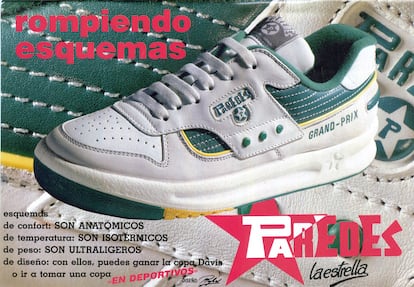

During that difficult decade, both Paredes and J’Hayber survived by specializing and diversifying their product lines. For instance, they developed footwear for dangerous job sites, or for hiking and other sports, while maintaining their iconic models (Star and Olympus, respectively). They grinded it out while waiting for more favorable winds.
In the United States, the 1990s ended with the publication of No Logo: Taking Aim at Brand Bullies, by Naomi Klein, a book that would become a classic of the anti-globalization movement and that would affect the reputation of several brands. Nike is mentioned 515 times throughout the book, with Klein describing the company in harsh terms: “Nike is so committed to copying the style, attitude and imagery of urban youth of color that it has created its own word to describe this practice: ‘bro-ing.’ It comes from Nike advertisers and designers taking their prototypes to the inner-cities and telling kids, ‘Hey, bro, try these shoes on,’ to get their reaction to the new styles and illicit feedback.”
From hip hop to nostalgia: Spaniards find an opportunity
Already in 1932, philosopher Walter Benjamin recognized how powerful a product that we’ve used during a happy stage of our life can be. Everything that has been part of an idealized past can make us happy again… especially if we once wore it. Nike and Adidas are now taking advantage of the nostalgia phenomenon through trends such as “daddy sneakers” – bulky models that members of Generation Z remember seeing on their fathers’ feet. Finally, Spanish brands are also taking advantage of this opportunity in nostalgia.
“Paredes wants to capture this movement,” the company explains. “We work to refine nostalgia and transform it into a coherent and contemporary story.” To do this, they have reissued classic models, created specific content on social media and incorporated classic elements – such as the sole of the Star model – into contemporary designs..
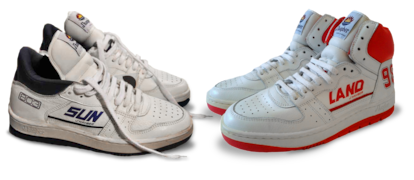
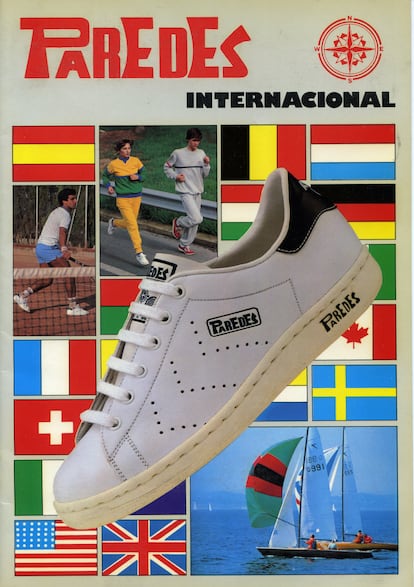
Thick and resistant soles are another asset of Spanish designs. Balenciaga popularized them in 2017, with the launch of the Triple S. These sneakers – worth around a thousand euros – joined the trend of ugly footwear at exorbitant prices. However, in fashion – a sector in which trends follow one another and overlap at a dizzying speed – five years is an eternity. Today, experts opine that it’s no longer the time for more ugly shoes. However, thanks to the viral phenomenon of the Triple S, the legendary J’Hayber Olympus – a model with a robust sole, at a more affordable price tag of around $60 – has, once again, generated interest among those who care about fashion. “We’re aware of the nostalgic phenomenon that surrounds [the model],” says the management at J’Hayber.
In the city of Elche, no one could have imagined that the dismantling of several fire stations in the New York City of the 1970s would affect a footwear industry that – according to data from the City Council of Elche – employs more than 35% of the working-age population.
In the city of Alicante, as Daniela López emphasizes, there’s “a cluster effect, where both suppliers and auxiliary companies collaborate efficiently, generating a great business ecosystem.”
For Spaniards, it’s important that sneakers continue to be sold. While Leif Garrett did what he could – and while J’Hayber and Paredes did their best to adapt – there were some years, as Domínguez remembers, in which “American imperialism was impossible to combat.”
“Film, music and culture in general were all Yankee,” the anthropologist continues. “Kids aspired to consume products that allowed them to identify with it.” But Elche-based brands managed to get ahead of the trend and, today – in addition to innovating in specific niches – they’re growing again in the mainstream market..
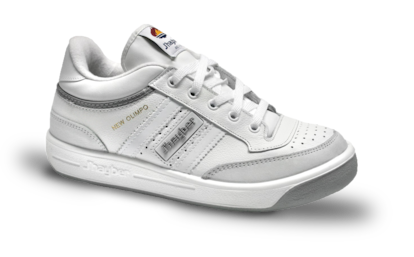
“Spanish brands,” explains López from Paredes, “perform well in terms of quality [when competing] at the level of the giants. It’s important to note that many Spanish brands share supply chains with international companies, often manufacturing their products in the same factories. This means that the quality of materials and the level of craftsmanship are comparable.”
The quality of Spanish sneakers has never been questioned. But to sell a commodity, you need something more than that. Thanks to nostalgia, Elche brands have stopped selling “footwear for retirees” – as one critic sneered – and have instead started selling icons of the past. They have survived the rise of an entire culture and dozens of trends. Of course, it would be a good idea to look for another strategy for when nostalgia stops working. Maybe normcore. It’s pretty comfy, at least.
Sign up for our weekly newsletter to get more English-language news coverage from EL PAÍS USA Edition
Tu suscripción se está usando en otro dispositivo
¿Quieres añadir otro usuario a tu suscripción?
Si continúas leyendo en este dispositivo, no se podrá leer en el otro.
FlechaTu suscripción se está usando en otro dispositivo y solo puedes acceder a EL PAÍS desde un dispositivo a la vez.
Si quieres compartir tu cuenta, cambia tu suscripción a la modalidad Premium, así podrás añadir otro usuario. Cada uno accederá con su propia cuenta de email, lo que os permitirá personalizar vuestra experiencia en EL PAÍS.
¿Tienes una suscripción de empresa? Accede aquí para contratar más cuentas.
En el caso de no saber quién está usando tu cuenta, te recomendamos cambiar tu contraseña aquí.
Si decides continuar compartiendo tu cuenta, este mensaje se mostrará en tu dispositivo y en el de la otra persona que está usando tu cuenta de forma indefinida, afectando a tu experiencia de lectura. Puedes consultar aquí los términos y condiciones de la suscripción digital.
More information
Archived In
Últimas noticias
Most viewed
- Sinaloa Cartel war is taking its toll on Los Chapitos
- Reinhard Genzel, Nobel laureate in physics: ‘One-minute videos will never give you the truth’
- Oona Chaplin: ‘I told James Cameron that I was living in a treehouse and starting a permaculture project with a friend’
- Why the price of coffee has skyrocketed: from Brazilian plantations to specialty coffee houses
- David King, chemist: ‘There are scientists studying how to cool the planet; nobody should stop these experiments from happening’










































